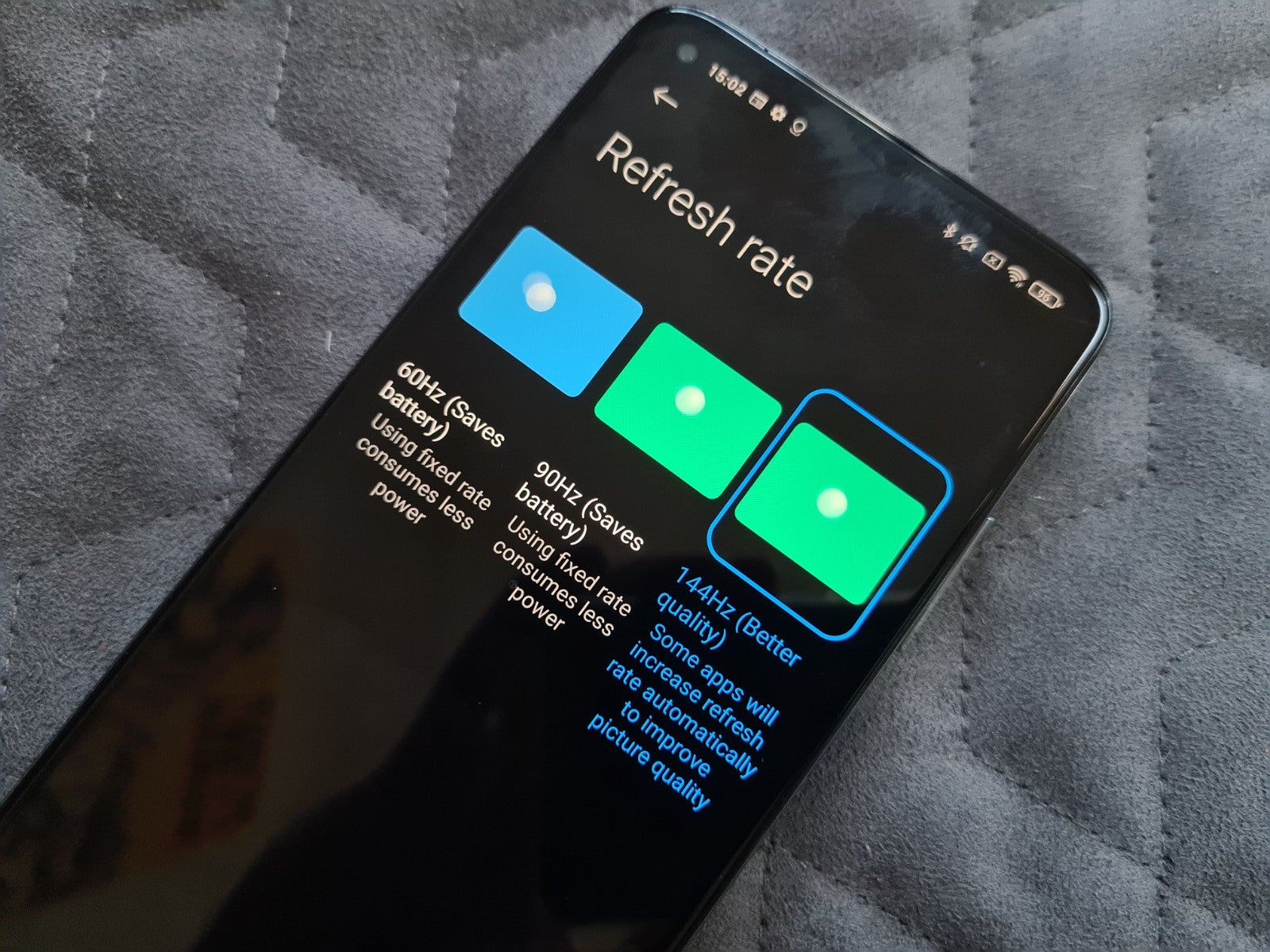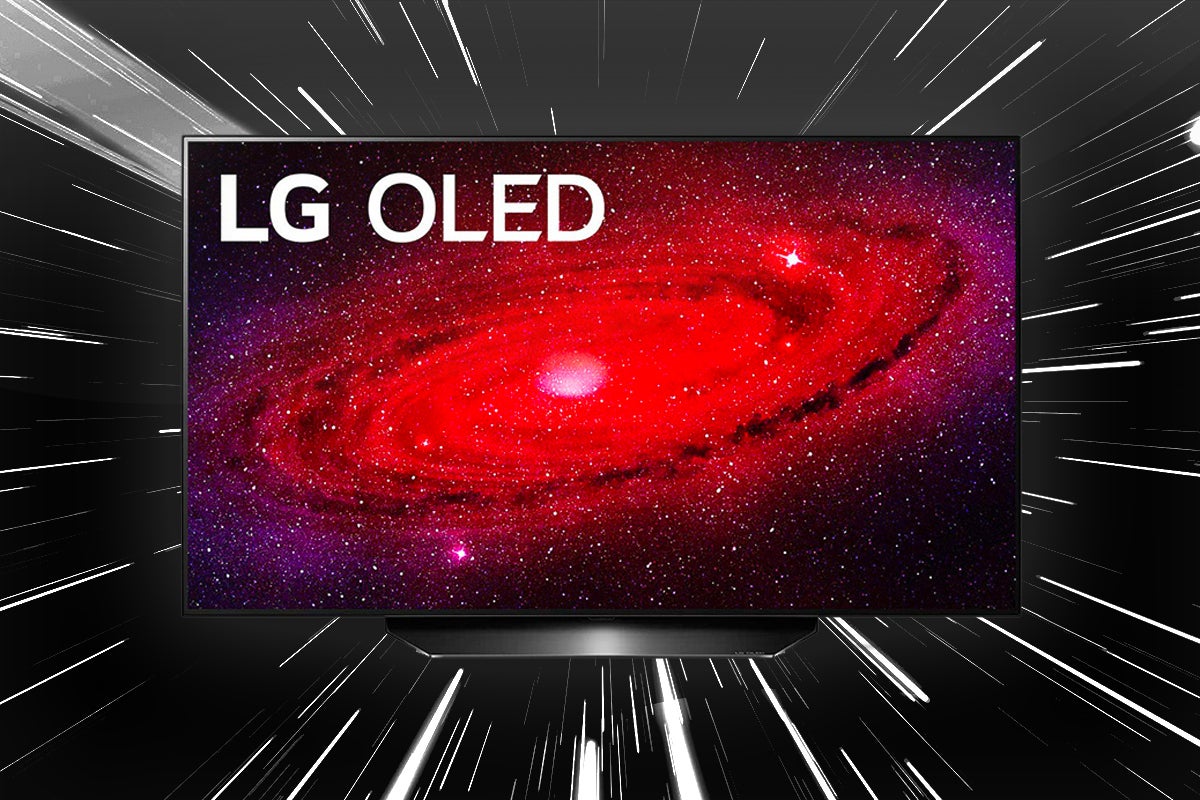
If you’re in the market for a new smartphone, laptop, TV or monitor then you may have come across the terms “60Hz” and “120Hz”.
But, what do they mean? And, is it worth spending a bit more on a 120Hz screen? We’ve addressed both of these questions in this guide.
What’s the difference between 60Hz and 120Hz?
60Hz and 120Hz are both numbers that signify display refresh rates.
You can check out our refresh rate explainer for a more in-depth look at what a refresh rate is and how it works but at its most basic level, a refresh rate marks how many times a display updates itself to display a new image per second.
The higher the number, the smoother the screen will appear to the human eye.
This means that a 120Hz display – which updates itself 120 times a second – will look noticeable slicker and more natural than your average 60Hz screen which only updates itself 60 times a second.
Is a 120Hz refresh rate necessary?
Yes and no. The short answer is that it depends on what you’re using it for.
Speedy refresh rates are still considered a premium feature on a smartphone or a monitor, meaning that if you’re primarily using your device to browse and chat with friends and family then you probably won’t see a huge benefit from it.
For gamers, the feature has a more obvious value as it can make gameplay feel much smoother and more natural.
However, you also need to consider whether your favourite games and apps are even compatible with a higher refresh rate. If they top out at 60Hz then there isn’t much point in chasing after a 120Hz display.
On top of this, 120Hz displays are a bigger power drain than 60Hz screens. A great way around this is to buy a device with a variable refresh rate (VRR) instead of a fixed refresh rate.
A variable refresh rate means that your refresh rate will automatically increase or decrease depending on the apps you use and the content displayed on your screen. This prevents your phone from wasting battery by refreshing itself 120 times a second in apps that max out at 60Hz, while also reducing latency and preventing screen tearing in games that do support a 120Hz image.
The post 60Hz vs 120Hz: What's the difference? appeared first on Trusted Reviews.
from Trusted Reviews https://ift.tt/UHkVdWu
via IFTTT



Comments
Post a Comment